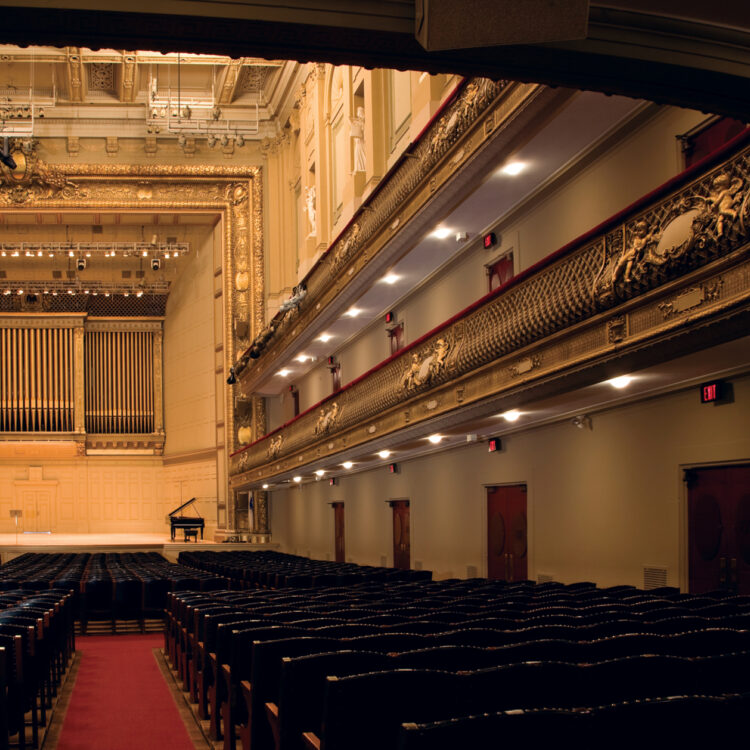
The History of Symphony Hall
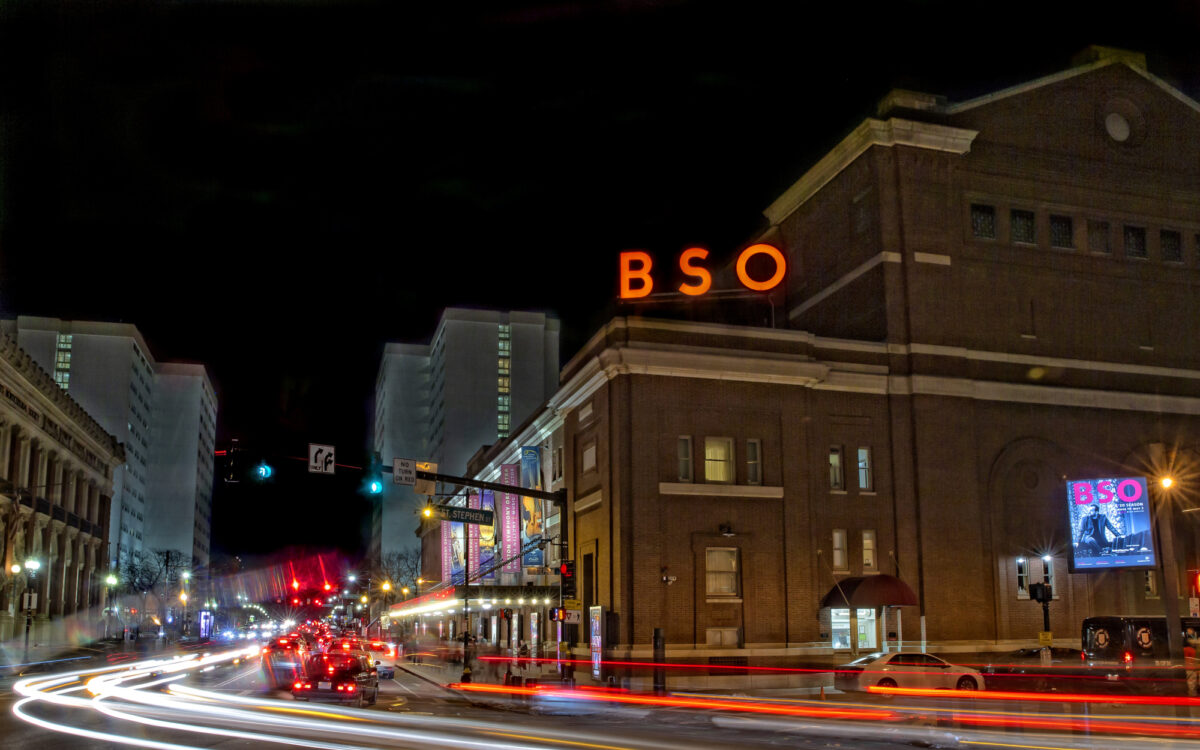
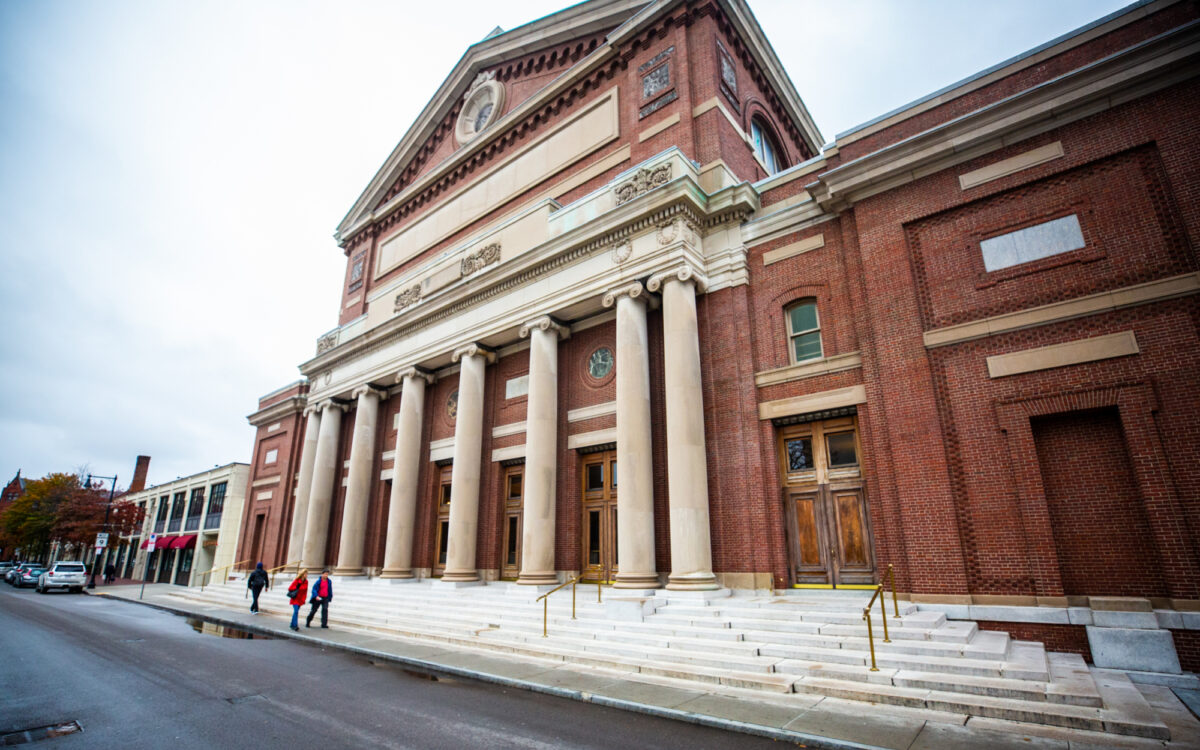

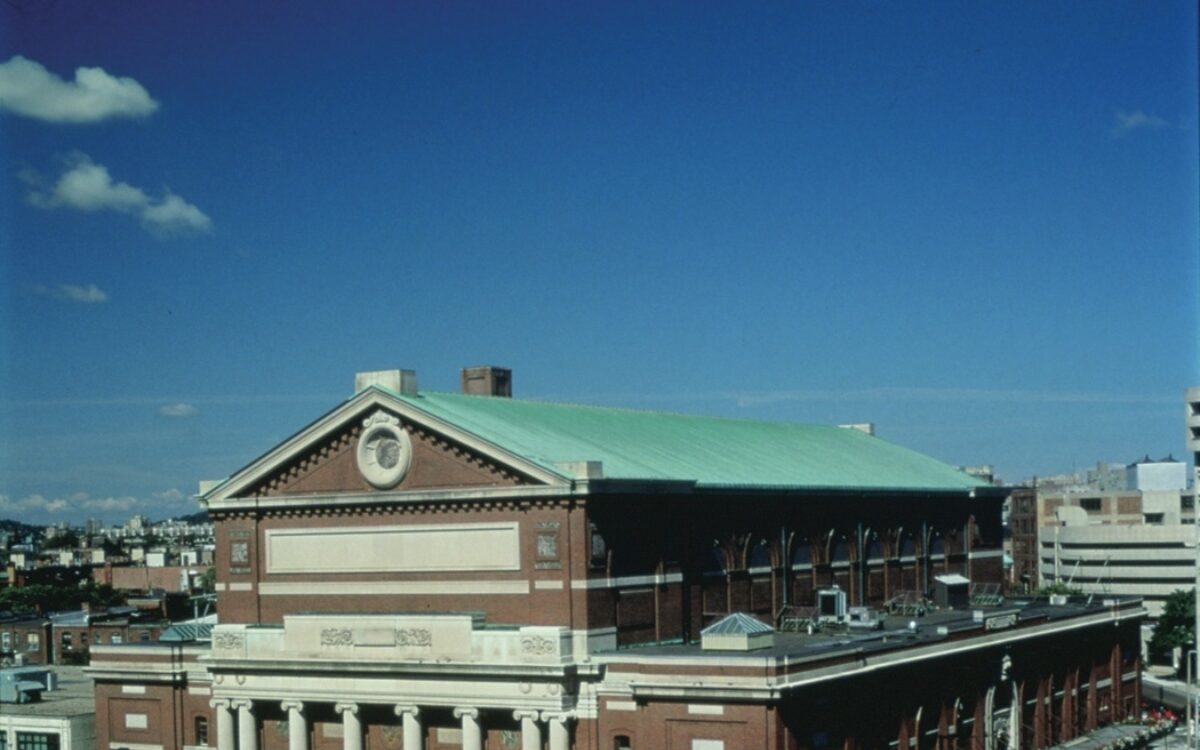
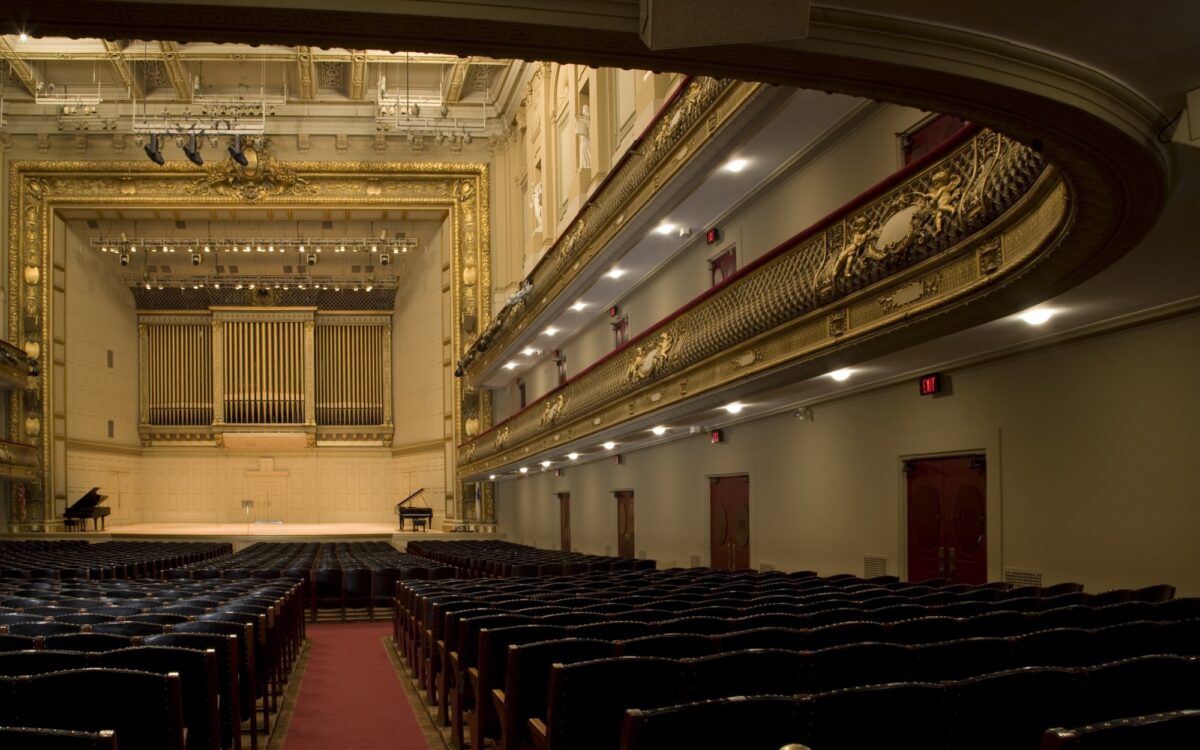
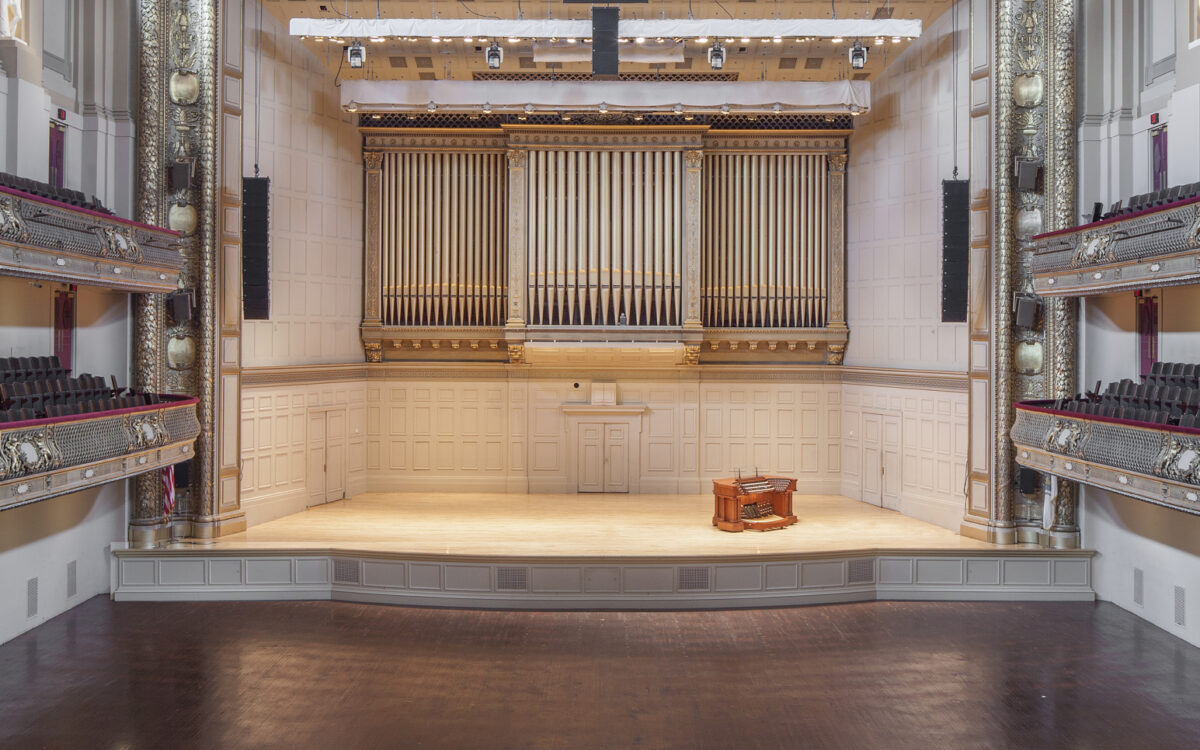
Acoustics: The Perfect Sound
Symphony Hall's continued popularity would come as no surprise to its architects and builders. They modeled the hall after two of the top concert halls in the world, the Leipzig Neues Gewandhaus and the old Boston Music Hall.
But their plans for the building pushed it far beyond any concert hall already in existence. To determine the acoustics of Symphony Hall, BSO founder Henry Lee Higginson hired Wallace Clement Sabine, a physics professor at Harvard, to work as acoustical consultant with the architectural firm of McKim, Mead & White of New York. Sabine developed a mathematical formula that enabled him to predict the reverberation time before the building was built, so that an ideal reverberation time of 1.9 to 2.1 seconds could be achieved.
Then, in order to focus the sound on the main seating areas, an optimal shape was selected for the concert hall and space between the rows of seats was kept at 5 inches.
Finally, an acoustically ideal stage was constructed for the orchestra. The walls, ceiling and floor of the stage slope inward to project the sound onto the audience. Today, more than 100 years after it was built, Symphony Hall still offers concertgoers a truly memorable experience.
